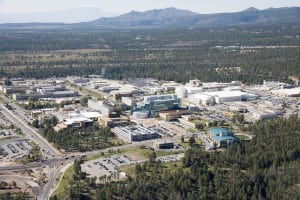
The Democrat-led House Armed Services Committee has proposed authorizing a little more funding than requested for the National Nuclear Security Administration’s (NNSA) portfolio of nuclear weapons programs in fiscal year 2022, according to a copy of the chairman’s mark. Under the draft National Defense Authorization Act (NDAA), the Department of Energy's NNSA would be authorized to spend more than $19.8 billion in the fiscal year that begins Oct. 1. The White House had requested a little more than $19.7 billion.…

 By
By 









